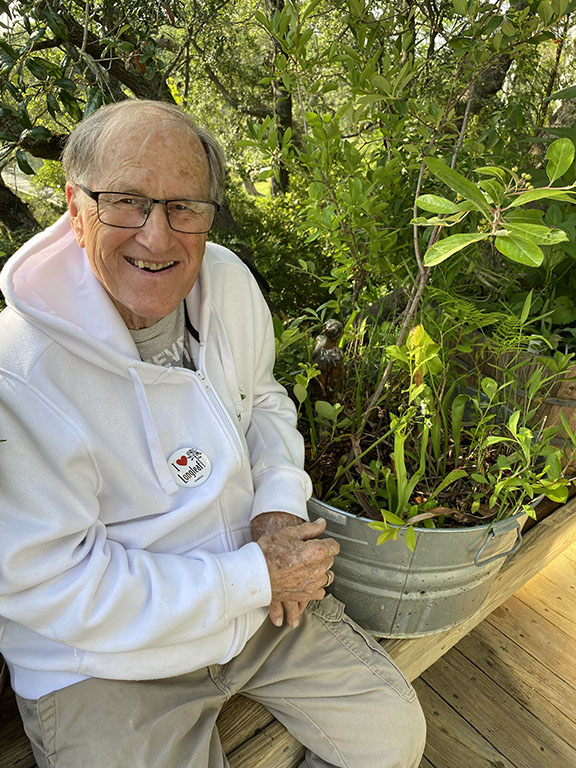By Shelagh Clancy
All photos courtesy of Charley Winterbauer
Southeastern North Carolina is home to unique flora and fauna. We’re thankful it’s also home to Charley Winterbauer, co-chair of the Southeast Coastal Chapter of the NC Native Plant Society. Charley knows our natives well and is committed to our delicate environment and the community of people who help preserve it.
A bird boy
Charley grew up in Illinois and loved the outdoors. By age 8 or 10, he was interested in birds.
As a young adult he went to San Diego State, got a degree in physics (electronics), and later worked for Lockheed in Sunnyvale, CA. He moved back to San Diego and took camping trips to the nearby California desert where he was fascinated to see Kit Foxes, Bighorn Sheep, Golden Eagles, coyotes, Cactus Wrens, roadrunners, Phainopeplas, and his favorite, Burrowing Owls. He also saw a magical sight: the blooming of the plants in the desert.
For the past 23 years, Charley has lived in Wilmington. He’s expanded his interest into native plants because birds need native plants and the insects that have evolved with them.
“Some plants are dependent on one pollinator only. Without that pollinator, the plant dies out,” he says. More native plants mean more choices of food and shelter for native birds and other wildlife. And Charley testifies to this importance throughout our region.
The path to native plants
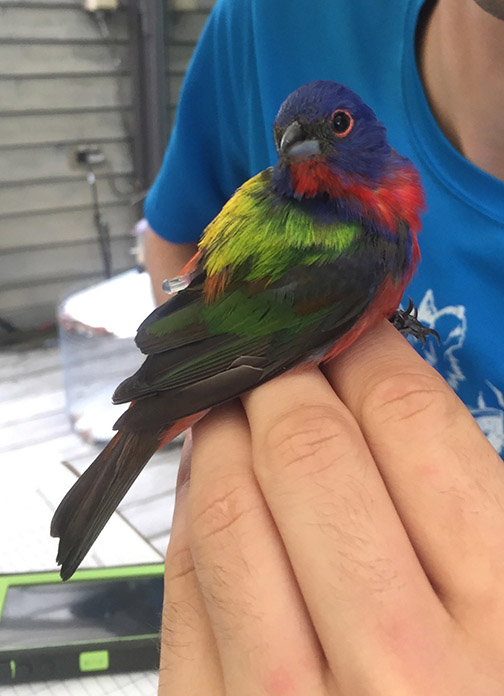
About 2002, Charley did some citizen science in his backyard with ornithologist Jamie Rotenberg, banding Painted Buntings and developing the first criteria for bird-friendly habitats at home. He joined the Audubon Society, then its conservation committee. About 10 years ago he became president of the local Audubon Society, a position he held for eight years.
“We did a lot at the Audubon Society,” Charley says. “We rekindled enthusiasm, grew membership, and gave talks. We brought in Doug Tallamy in 2011.” He’s pleased to add that Tallamy stayed with him twice during later visits.
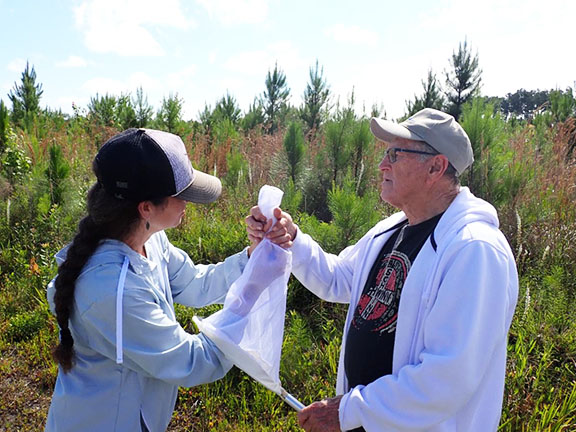
“The Importance of Native Plants for Birds” is one of the talks Charley gave to Audubon members and garden clubs. He developed instructions on “How to Create a Bird-Friendly Habitat.” You use native plants, of course!
He joined the Native Plant Society and learned about the area’s flora. Cary Paynter and Lara Berkley were co-chairs of the Southeast Coastal Chapter at the time. When they stepped down, Charley stepped in.
Educating young naturalists
When he was president of the Cape Fear Audubon Society, Charley started several programs to educate young people about the wonders of the natural world.
He and Catherine Nesbit worked with Claire McLaughlin, a teacher at BCC Early College High School, to teach her students about birds. Then they developed materials called “Discover the Wonder of Birds” and presented interactive trifold displays in fourth-grade classrooms. They reached about 2,000 kids before Covid put the program on hiatus.
Charley also adapted “Discover the Wonder of Birds” into an interactive Powerpoint presentation. This summer he’s presenting this program at One Love, a Wilmington tennis nonprofit that mentors children.
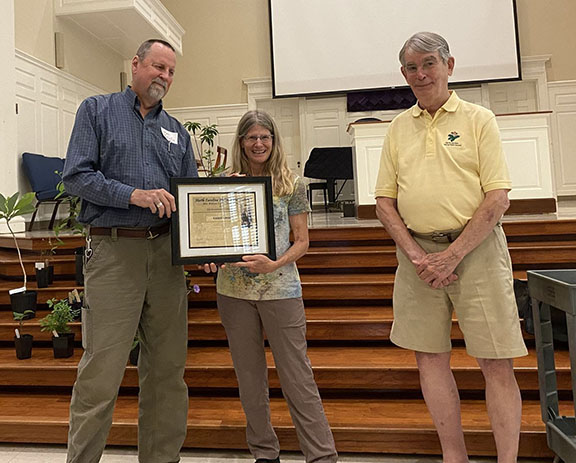
Karen Linehan, Environmental Education Coordinator at Friends School of Wilmington and developer of the school’s Longleaf Center for Environmental Learning, was the 2002 recipient of the William Lanier Hunt Award for excellence in environmental education. She says Charley is a treasure and a beloved educator in southeastern North Carolina.
“Charley is tireless in spreading the gospel of our native plants and the critical role they play in local ecosystems,” Karen says. “A plant walk with Charley through the woods or around his yard is always a fun adventure.
“When Charley visited our school campus, he shared many ideas about connecting children and nature and continues to follow up with resources and support. His enthusiasm inspires us. I feel truly grateful for Charley’s leadership in our chapter and his contributions to our community over many years.”
Teaching adults, too
Every fall Charley gives a talk on “The Importance of Native Plants for Birds” to Dr. Danner’s ornithology class.
Because of Covid, scheduled plant talks moved to Zoom. You can watch recorded talks on our YouTube Channel. “Charley is open to new ideas and really committed to educating the public about native plants,” says Nancy Laffey, who recently signed on as co-chair of the Chapter. She’s pleased to have a chance to work with Charley. “He’s such a great resource. He has cultivated important relationships with universities, organizations, and hobbyists that support native plants, and he works hard to promote the Chapter’s mission through them.
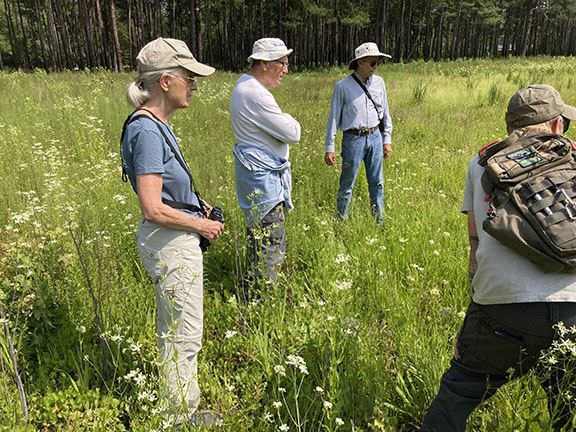
“This spring Charley scheduled a host of walks, visits, and presentations with local experts that were very well received, such as a visit to Wild Meadow Farm, which promotes perennial and regenerative farming practices.” Guided plant walks, such as a popular one at Moore’s Creek National Battlefield, help members identify native plants.
Nancy is setting up a native plant garden at her home in downtown Wilmington. “My goal is to eventually get the Audubon Society’s native plant habitat certification, and then help other downtown residents create similar habitats,” she says.
Get started on the coast
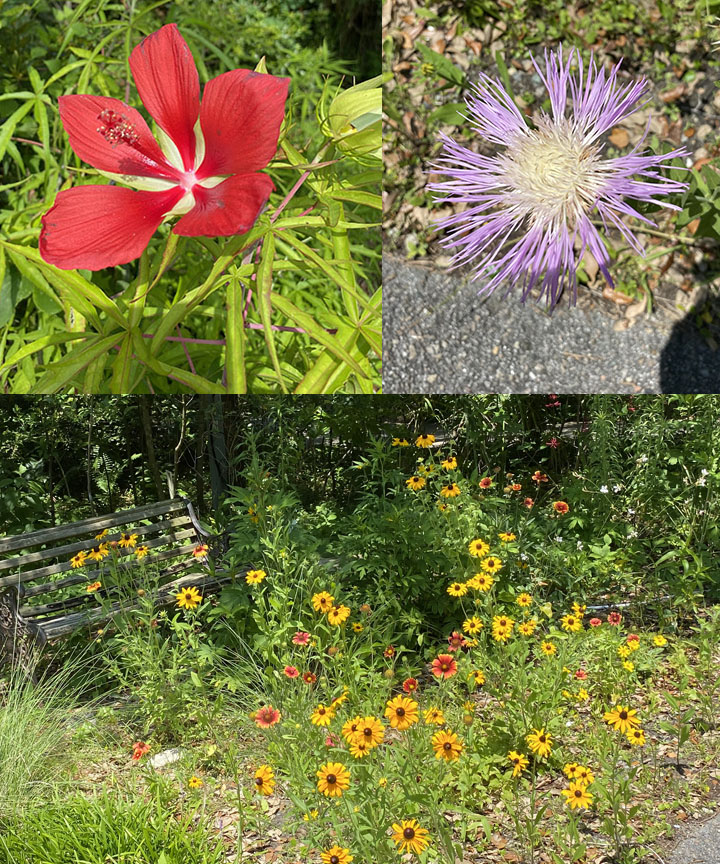
Charley has his favorite native plants for our region and for home gardeners.
“An easy plant to start with is coreopsis,” he says. “Get a quarter-pound of coreopsis seed and toss it around the yard. If plants are grown locally, they will transplant better.” Both coreopsis and Black-eyed Susan (Rudbeckia) are easy to grow. “For gardeners, I recommend Red Buckeye (Aesculus pavia), which blooms early; and Butterflyweed (Asclepias tuberosa). Blue Mistflower (Conoclinium coelestinum) is a great nectar plant that blooms in the fall and spreads on its own, and monarchs love it.”
Southeast Coastal Chapter News
“We have about 130 members in our chapter,” Charley says. “A dozen or two will go on any given plant walk. John Taggert walks are popular. There’s a relatively easy, popular walk at Moore’s Creek Battlefield.”
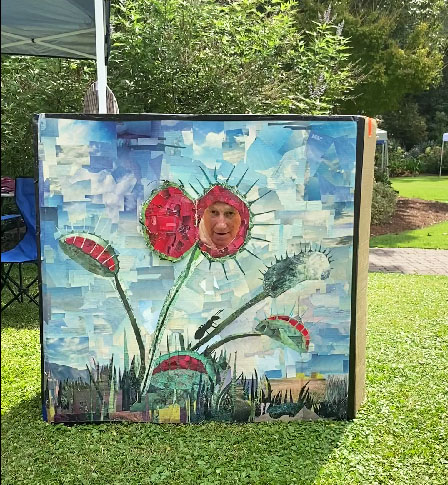
Members are pitching in to help the Southeast Coastal Chapter flourish. Nathan and Carol Bales are helping establish a seed exchange program within the chapter. Cathy Curtis takes care of the Chapter’s Facebook page. But we still need someone to help with the website (https://ncwildflower.org/se-coast/), Charley says.
Don’t miss the 8th annual Native Plant Festival Sept. 16 at the New Hanover County Arboretum. Charley is Festival Exhibit Coordinator, and anyone interested in being an exhibitor can contact him at cewinterbauer39@gmail.com. Want to help at this exciting event that celebrates our region’s native plants? Volunteers are needed for set up, break down, and staffing the Chapter’s table.
By Shelagh Clancy
All photos courtesy of Charley Winterbauer
Native Plant News – Fall 2023
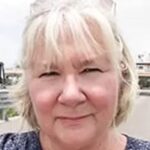
Shelagh Clancy is a member of the Southeastern Coastal Area Chapter of the North Carolina Native Plant Society and is active with the Coastal Land Trust, which preserves land along North Carolina’s coast. She is a freelance editor and designer and owner of Sea Leaf Book Editing (sealeafbooks.com).
